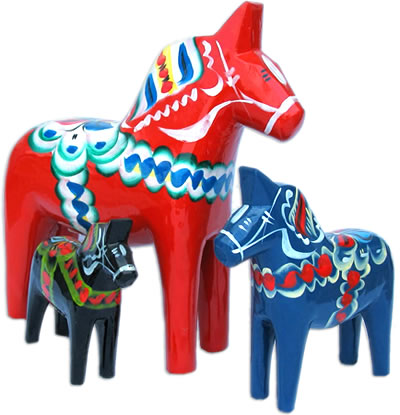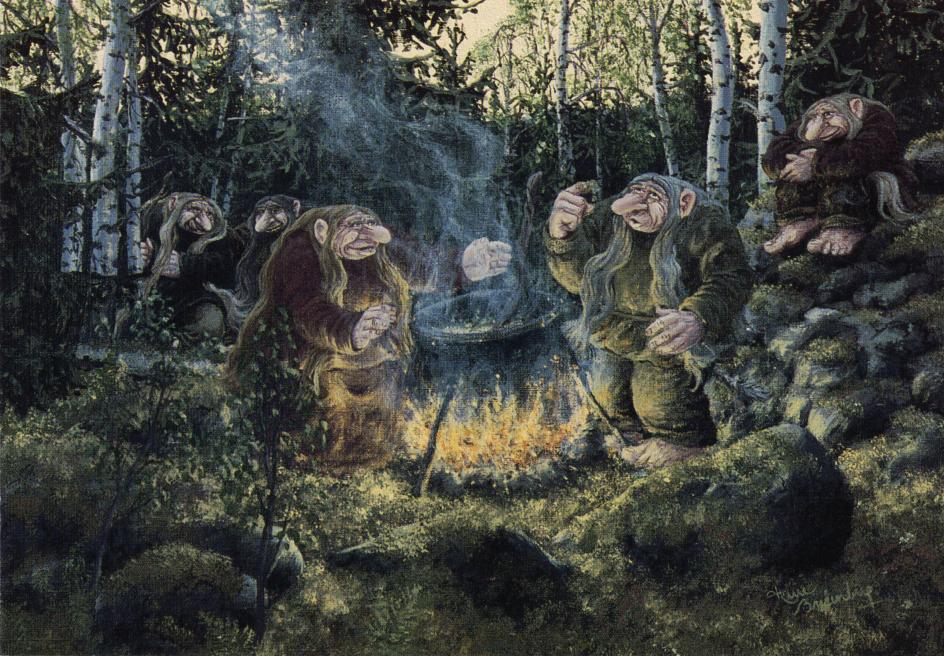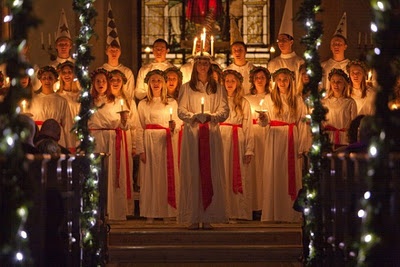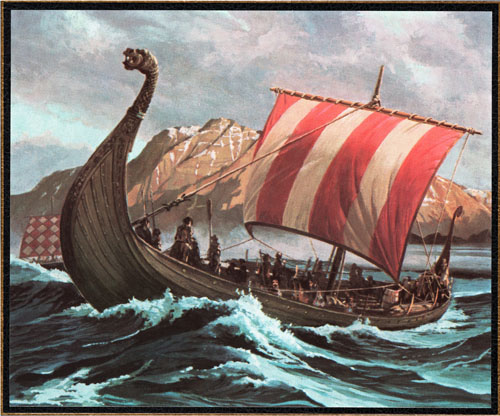Dalahasten
(Dalarna Horse, Dala Horse)
Although the Dala Horse comes from humble beginnings, it is one of the most recognized symbols of Sweden and embodies a part of Sweden’s National heritage. These horses have been carved from pine or spruce for hundreds of years in the province of Dalarna in central Sweden. Originally made as an item to trade for goods or given as toys, the Dala horse has become a popular souvenir and collector’s item. Although they are available in many colors, the traditional red horse is the most popular. But, no matter what the color, Dala horses are decorated with the same kurbits style painting. The world-wide popularity of the Dala horse is attributed to the huge red horse displayed in front of the Swedish pavilion at the 1939 World’s Fair in New York. It’s popularity has continued to grow and today the Dala horse can be found on cards, linens, crystal, porcelain and pottery.


TROLLS
Scandinavian folklore and fairy tales have long held trolls as main characters such as in Three Billy Goats Gruff. Their magical powers and appearance make them a favorite of modern culture too. Trolls have distinctive features – wild hair, four fingers and toes, long crooked noses and long bushy tails; but vary in size and may be one, two, or three-headed. Trolls are heavily linked to nature and live in the mountains and forests. They are night creatures who don’t come out of their hiding places until after sunset and return there before sunrise. Direct exposure to the sun could cause them to crack, turn into stone and possibly burst. Rock formations that have troll-like features are often explained as formed from a troll exposed to sunlight. Although frightening in appearance, they are generally portrayed as being dim-witted and easy to fool. However it is never a good idea to get on the bad side of a troll, as they can be quite dangerous.
SANTA LUCIA
The celebration of Santa Lucia on December 13th signals the beginning on the Holiday season. Santa Lucia is seen as a symbol of light and hope for the season to come, and celebrated with feasting and singing. The Swedish legend is no doubt influenced by the original version from Italy. According to Swedish legend, on December the 13th , Lucia crossed Lake Vannern carrying food and drink to the people of Varmland during a terrible famine. She traveled in a well-lit boat wearing a white dress and a crown of lights.
Many towns and cities have a Lucia contest for all of the girls who have reached a certain age. It is considered an honor to be selected as Lucia. In the home, the oldest daughter is normally chosen to portray Lucia. Lucia dresses in a long white gown with a red ribbon tied at the waist and wears a crown of fresh greens and lit candles on her head. She is attended by younger girls in white robes with tinsel around their waists and heads, and boys carrying stars in white robes, and cone shaped hats (starboys). The children serve coffee and Lussekatter (Lucia buns) while traditional Santa Lucia celebration songs are sung.


 VIKINGS
VIKINGS
The Viking age lasted from the late 8th century to the late 11th century, more than 300 years. They were masters of the sea and feared as fierce and ruthless. However, Vikings were also great artists and poets and their society was ordered and based on democracy.
Vikings were master ship builders and traveled and explored the world. They voyaged and built settlements in many areas, including Brittania, Europe and Russia. And they also traveled and traded in northern Africa and the Middle East. The Vikings voyaged west and braved the open seas to reach Iceland, Greenland and North America. It has been proven that they were the first Europeans to reach North America.
Viking crafts and arts of all forms were recognized as treasures by other societies as well as within their own. Within Viking society, poets, artists and craftsmen were equally valued for their contributions. It is through their works that we know so much about the way of life of the Vikings and the contributions they made can still be seen today.
© Copyright 2017 House of Scandinavia | Developed By: Norse Sound Creative

